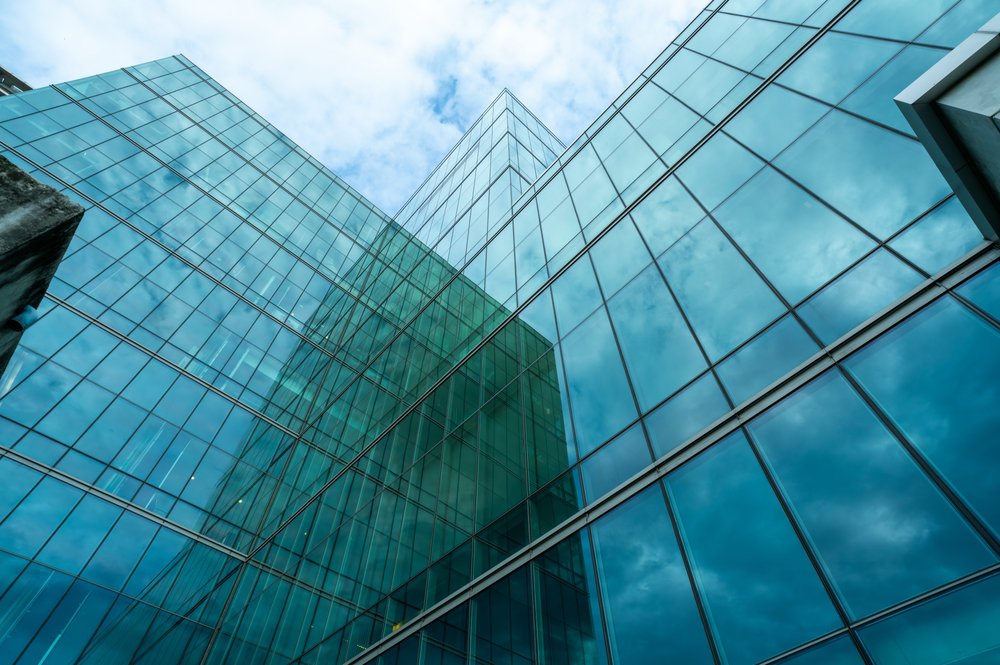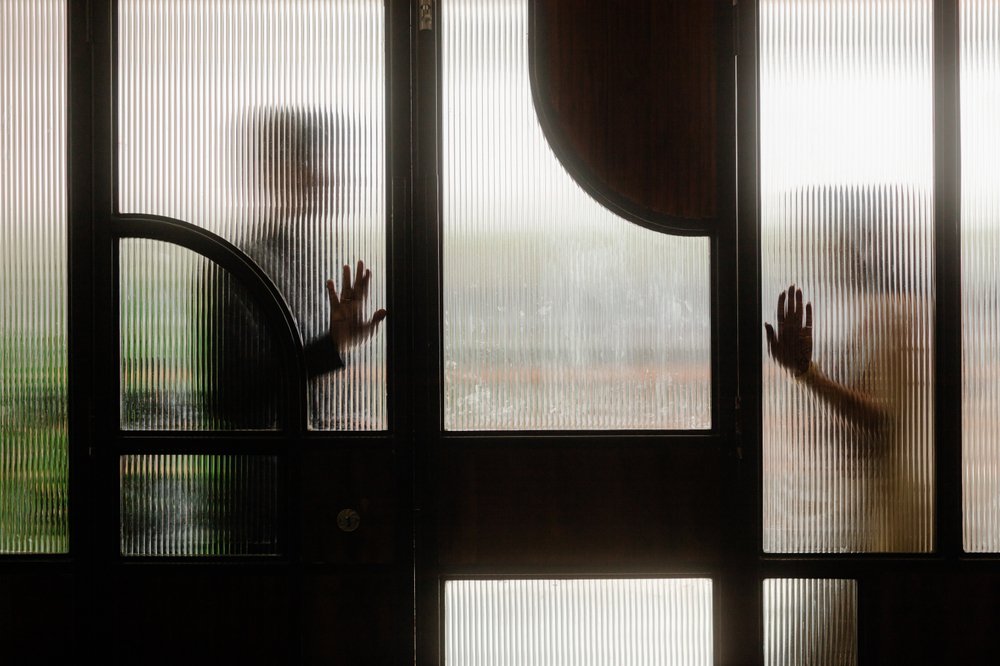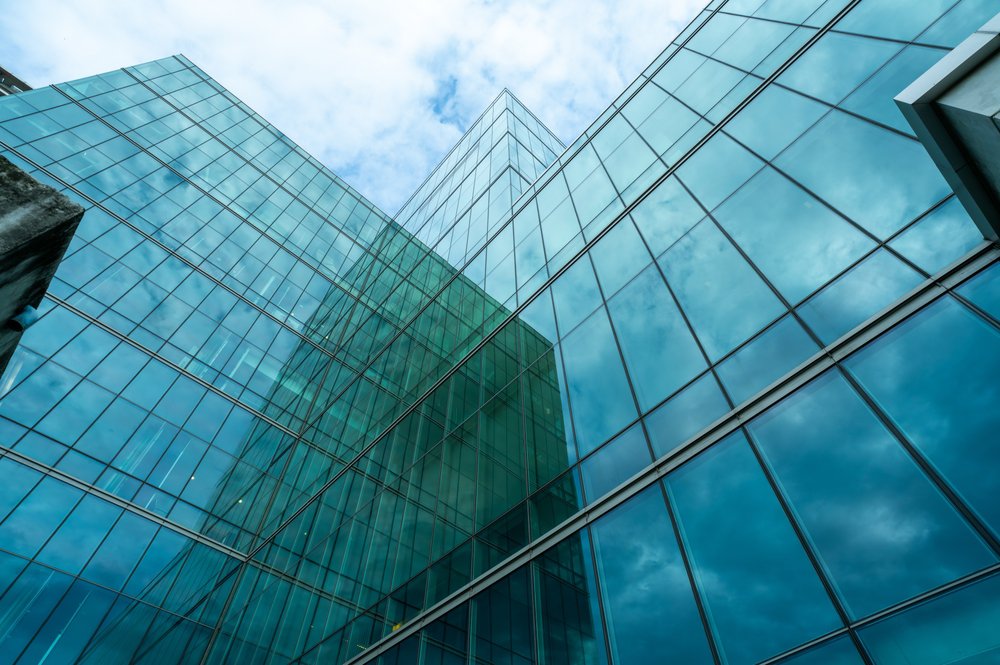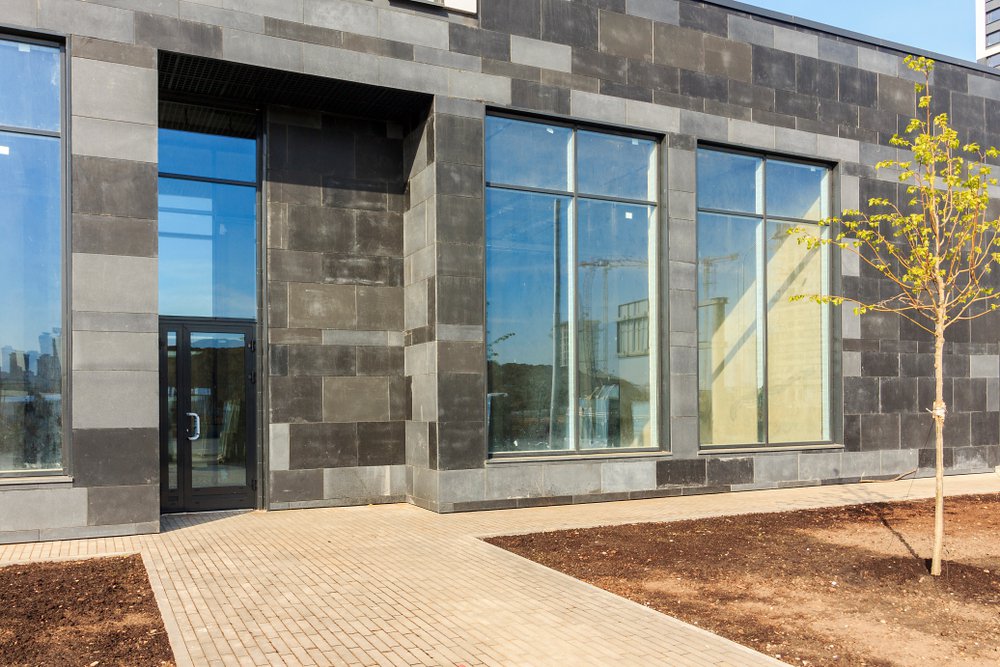In the competitive space of window manufacturing and glazing, the quest for enhanced energy efficiency and insulation has led to the widespread adoption of Low-E coating technology. This article looks into the fundamental principles of Low-E coating and its impact on glass performance, comparing its efficiency with traditional glass. By analyzing specific data on heat transfer, UV protection, and insulation, we aim to illustrate the superiority of Low-E coating. Furthermore, we will explore the quantifiable energy savings, UV protection, insulation benefits, and environmental sustainability offered by Low-E coating, providing practical insights for window manufacturers and glazing contractors.

Comparing Low-E Coating vs. Traditional Glass Efficiency
When comparing the performance of Low-E coated glass with traditional glass, the data unequivocally demonstrates the superiority of Low-E coating in various aspects:
Heat Transfer: Low-E coated glass significantly reduces heat transfer, minimizing heat loss in colder climates and heat gain in warmer regions. This results in improved energy efficiency and reduced reliance on heating and cooling systems.
UV Protection: Low-E coating effectively blocks a higher percentage of harmful UV rays compared to traditional glass, thereby safeguarding interiors from UV damage while maintaining a comfortable indoor environment.
Insulation: The insulation properties of Low-E coated glass outperform traditional glass, creating a more consistent and comfortable indoor temperature while reducing energy consumption.
These specific performance metrics show that Low-E coating offers substantial advantages over traditional glass, making it a compelling choice for enhancing glass efficiency in various applications.
Energy Savings and Low-E Coated Windows
Looking into energy savings achieved through the use of Low-E coated windows reveals compelling advantages for businesses and homeowners alike:
Financial Benefits: Industry-specific statistics and case studies consistently demonstrate the substantial financial advantages of adopting Low-E coating technology. The reduced energy consumption associated with Low-E coated windows translates into tangible cost savings for consumers, making it an economically sound investment.
Long-Term Cost Savings: The long-term cost savings derived from lower energy bills and decreased reliance on heating and cooling systems further underscore the value of Low-E coated windows. Businesses and homeowners can expect a significant return on investment over the lifespan of these energy-efficient windows.
The financial benefits associated with Low-E coated windows show that this technology not only enhances energy efficiency but also delivers substantial cost savings for consumers.
UV Protection and Insulation Benefits of Low-E Coating
Detailing the UV protection and insulation benefits of Low-E coating sheds light on its significant impact on indoor comfort and furnishings:
Indoor Comfort: Low-E coating enhances indoor comfort by reducing the transfer of heat through windows, maintaining a more consistent and pleasant indoor temperature. This is particularly beneficial in extreme climates, where it helps create a comfortable living or working environment.
Furnishings Protection: The UV-blocking properties of Low-E coated windows safeguard interior furnishings, flooring, and artwork from the damaging effects of prolonged UV exposure. This preservation of interior décor adds to the long-term value of Low-E coated windows for homeowners and businesses.
These benefits prove that Low-E coating not only contributes to energy efficiency but also plays a crucial role in enhancing indoor comfort and protecting valuable furnishings from UV-related deterioration.
Environmental Sustainability and Low-E Coating
Examining the environmental impact and sustainability benefits of Low-E coating reveals its significant contribution to energy conservation and carbon emissions reduction:
Energy Conservation: Low-E coating technology plays a pivotal role in energy conservation by minimizing heat transfer through windows, thereby reducing the need for excessive heating or cooling. This aligns with the industry's focus on sustainable practices and energy-efficient solutions.
Carbon Emissions Reduction: The reduced energy consumption associated with Low-E coated windows translates into a decrease in carbon emissions, contributing to environmental sustainability. This aligns with the growing emphasis on eco-friendly building practices and sustainable construction materials.

These sustainability benefits show that Low-E coating not only enhances the energy efficiency of windows but also aligns with industry standards for environmental sustainability, making it a compelling choice for environmentally conscious consumers and businesses.
From its superior energy efficiency and UV protection to its significant contributions to environmental sustainability, Low-E coating stands as a cornerstone of modern window technology. Window manufacturers and glazing contractors can harness the potential of Low-E coating to not only meet the demands of energy-conscious consumers but also contribute to a greener, more sustainable future. Learn more at Insul-Lite Manufacturing.





